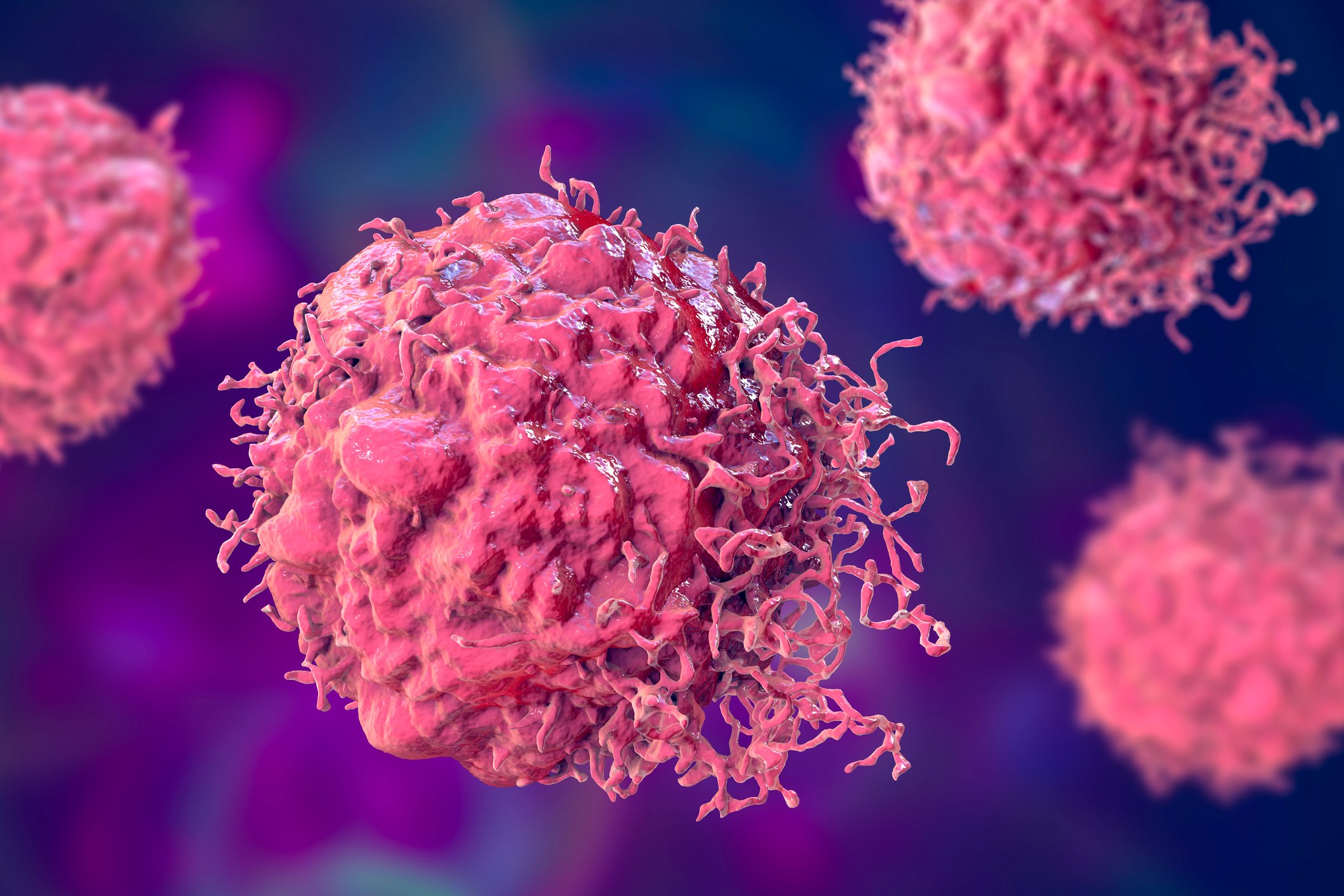AACR: Kinnate ends cancer data wait but fails to captivate investors
21 Apr 2023
Clinical ResultAACRPhase 1

Preview
Source: FierceBiotech
Kinnate Biopharma released an updated data set alongside news that it is evaluating strategic alternatives for its CDK12 program.
The long wait for clinical data on Kinnate Biopharma’s pan-RAF inhibitors is over—and investors see little to get excited about. Kinnate’s stock slid when the initial cut of data on exarafenib dropped late last week and the release of an expanded data set with longer follow-up failed to ignite enthusiasm.
At the start of last year, Kinnate was aiming to present initial monotherapy data in the third quarter of 2022. By May, the target had slipped to the fourth quarter and kept sliding thereafter, until the biotech ultimately ended the wait at the American Association for Cancer Research (AACR) 2023 annual meeting. Kinnate’s share price fell almost 20% on the day AACR posted texts for the event’s clinical trial abstracts, from around $6.72 to $5.20.
The initial release (PDF) of data, which covered the results up to Dec. 13, reported six partial responses, one unconfirmed, among the 34 evaluable patients to give a response rate of 17.6%. Kinnate saw the responses in patients with advanced solid tumors harboring oncogenic BRAF or NRAS alterations.
Novartis, Pfizer and Roche already market approved targeted kinase inhibitors for Class I alterations but Kinnate saw an unmet need for patients with cancers driven by BRAF Class II or Class III alterations who haven’t responded to existing targeted therapies and have few treatment options. The biotech named BRAF Class II and Class III non-small cell lung cancer and melanoma among its main opportunities.
Now, Kinnate has shared (PDF) another look at the data up to Feb. 28. The data set still features six partial responses, including one unconfirmed, out of 49 evaluable patients. Two of the six responders have come off treatment since the December cutoff. Kinnate’s share price sat at $5.31 premarket Tuesday.
BRAF Class I patients made up the largest proportion of participants in the data set, accounting for 41.7% of subjects in the Feb. 28 cutoff analysis. The remaining patients were split across BRAF Class II and III and melanoma with NRAS mutations, a RAF-dependent cancer that Kinnate sees as another niche exarafenib can fill.
Kinnate released the updated data set alongside news that it is evaluating strategic alternatives for its CDK12 program. The biotech expects to move two other candidates, a MEL inhibitorMEL inhibitor and a c-MET inhibitorc-MET inhibitor, into the clinic by the first half of next year and has the cash to keep going into early 2025.
For more details,please visit the original website
The content of the article does not represent any opinions of Synapse and its affiliated companies. If there is any copyright infringement or error, please contact us, and we will deal with it within 24 hours.
Organizations
Indications
Drugs
Hot reports
Get started for free today!
Accelerate Strategic R&D decision making with Synapse, PatSnap’s AI-powered Connected Innovation Intelligence Platform Built for Life Sciences Professionals.
Start your data trial now!
Synapse data is also accessible to external entities via APIs or data packages. Leverages most recent intelligence information, enabling fullest potential.





